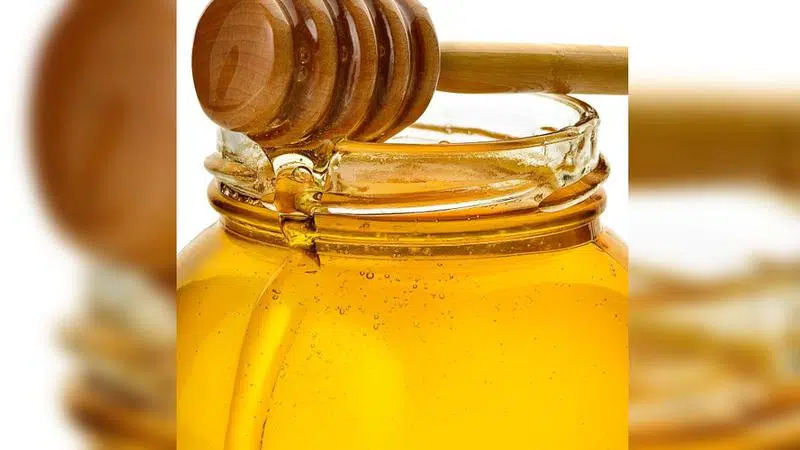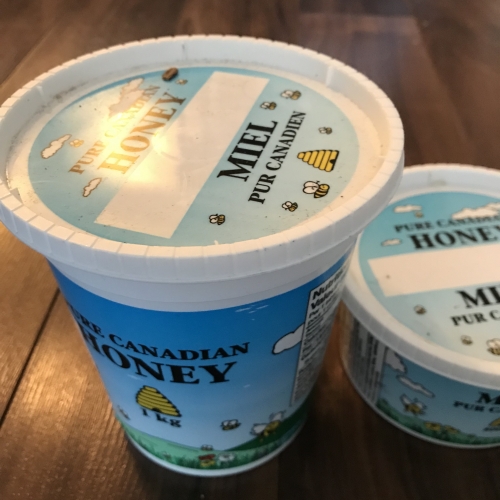
Fake honey leaves bitter taste in mouths of producers
The President of the Saskatchewan Beekeepers Association says it’s very encouraging to see the Canadian Food Inspection Agency (CFIA) step up enforcement on the entry of adulterated honey into Canada.
Simon Lalonde was responding to a recent news from the CFIA which shows that in 2018, an estimated 12,762 kg of adulterated honey valued at $76,758 CAD was prevented from entering the Canadian market. Lalonde said adulterated honey has been an issue for four or five years.
“There’s been more and more rumors of it coming [into Canada] and this proves it’s definitely happening in large amounts,” he said.
Adulterated honey occurs when other ingredients are mixed into a food and yet the food is represented as being genuine honey. Honey that has been deliberately adulterated is considered food fraud, which deceives consumers about what they are buying. Lalonde said “fake honey” also has an impact on the market, driving down prices for local producers who make pure, quality honey.



